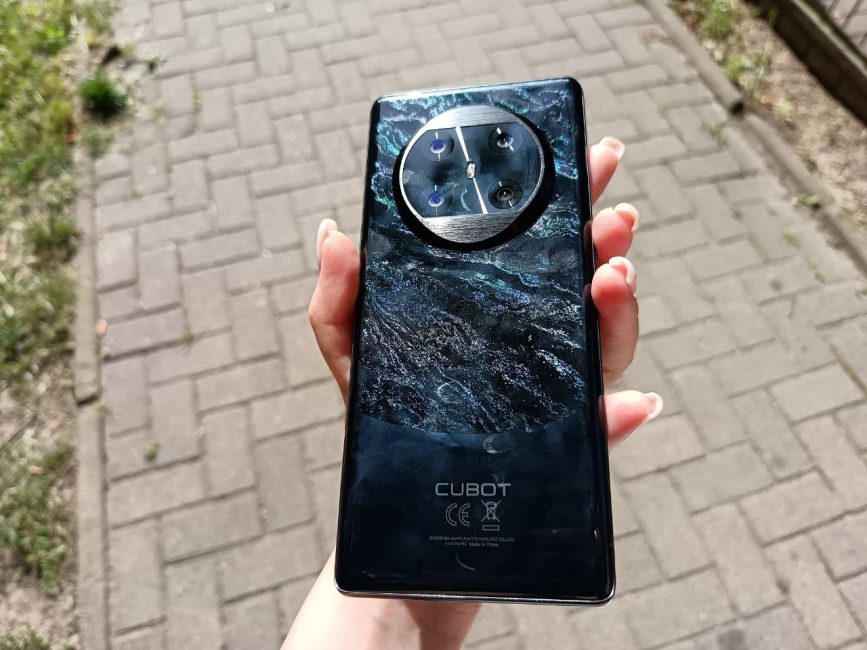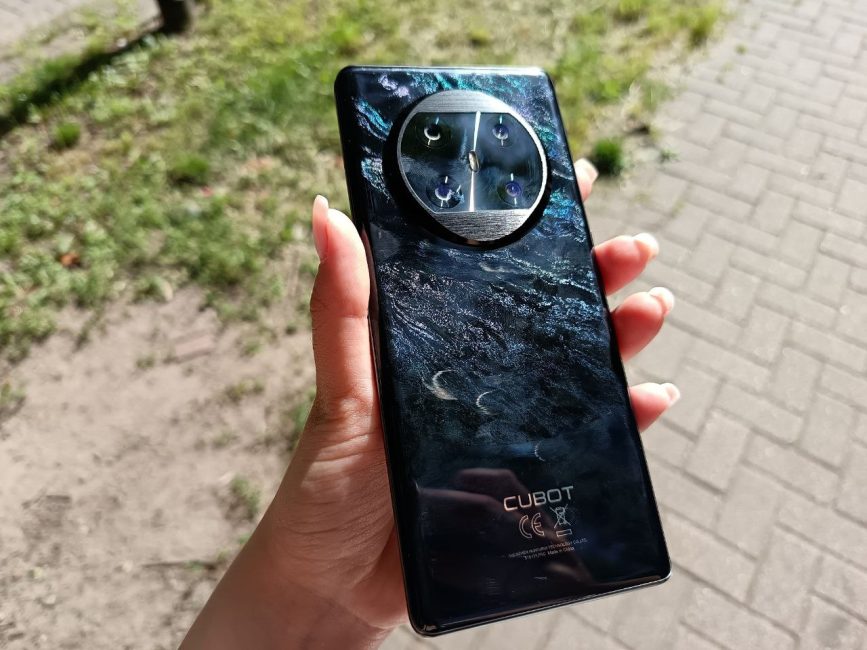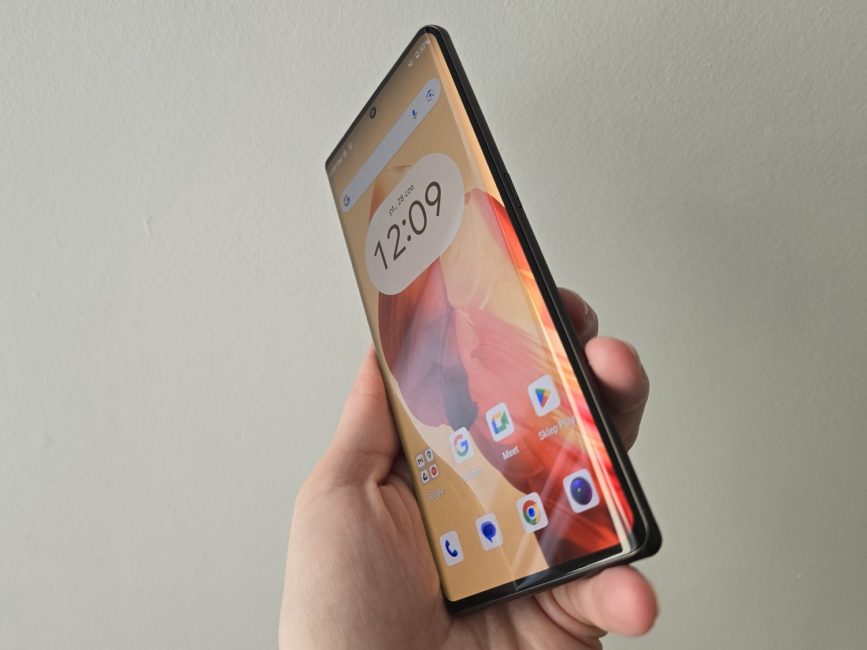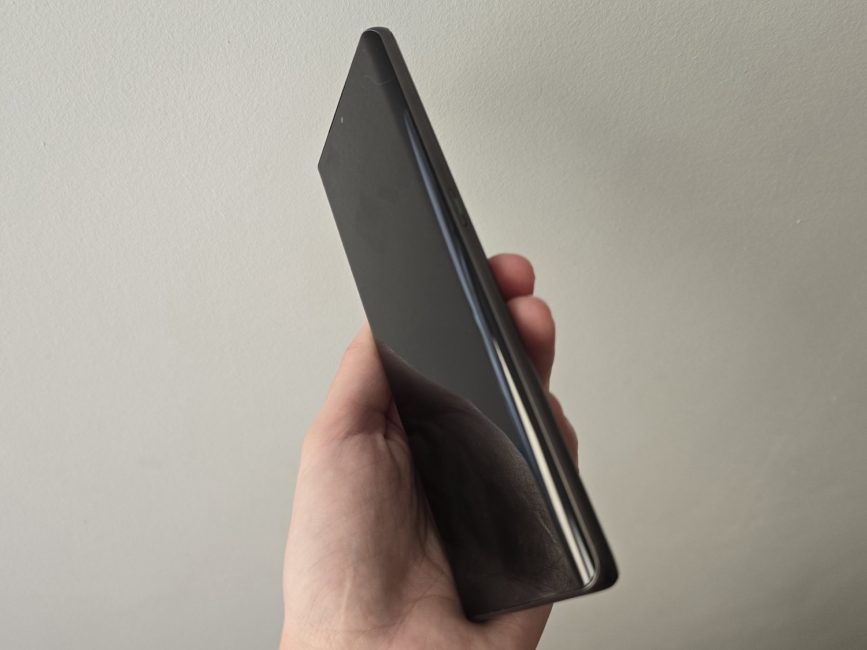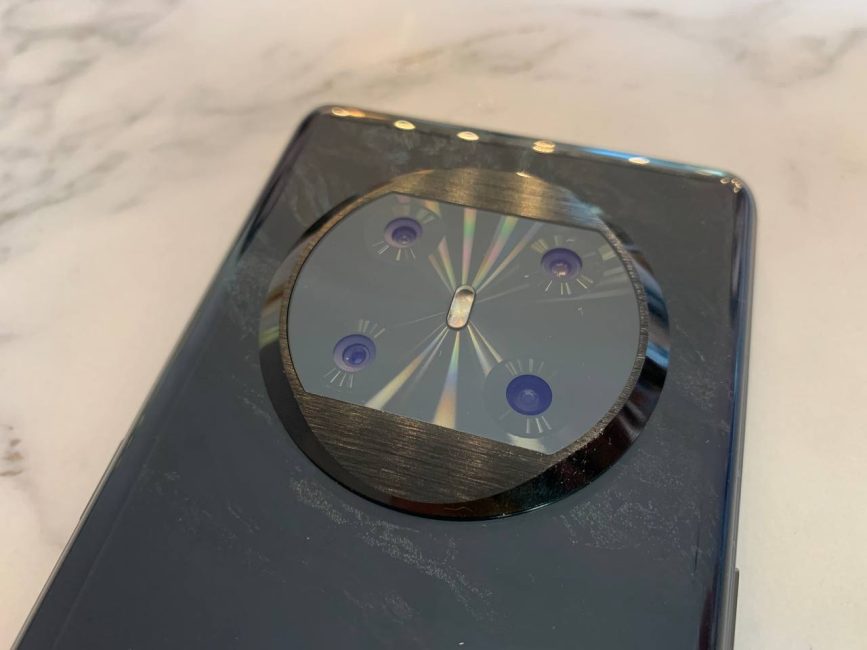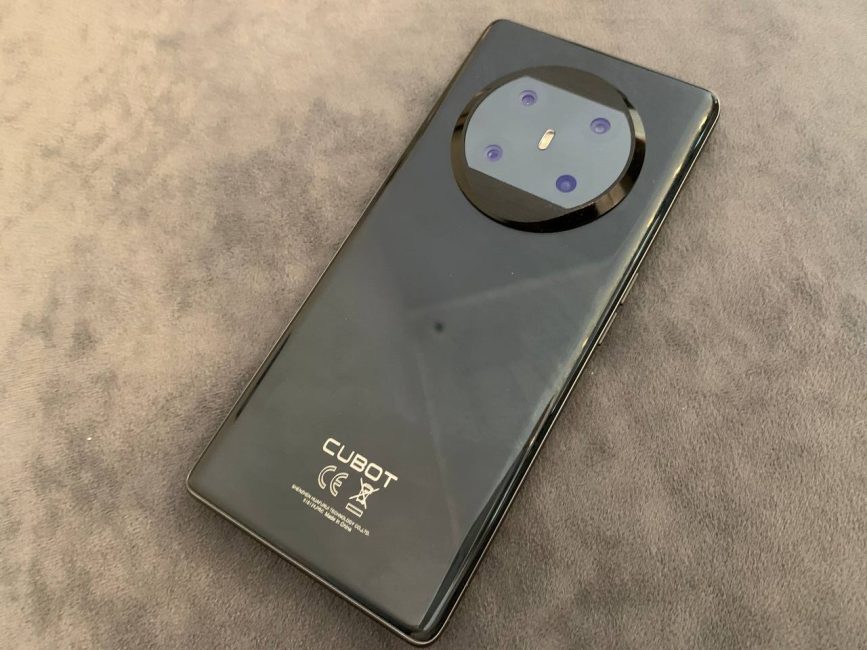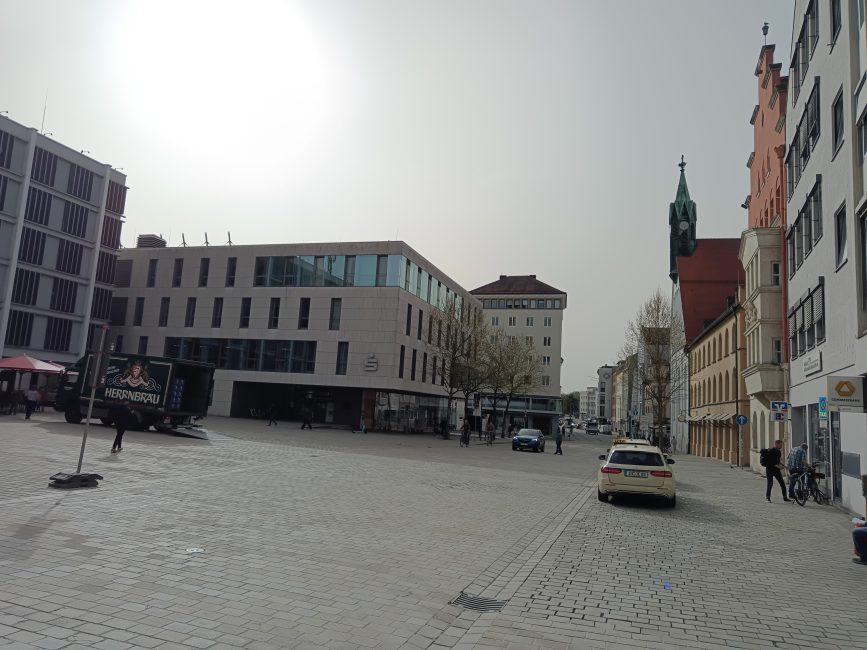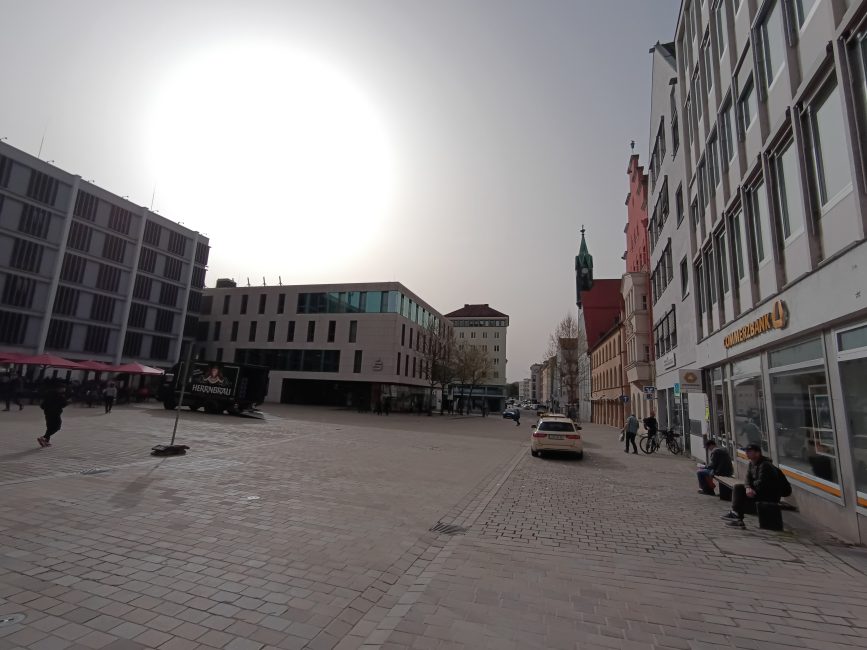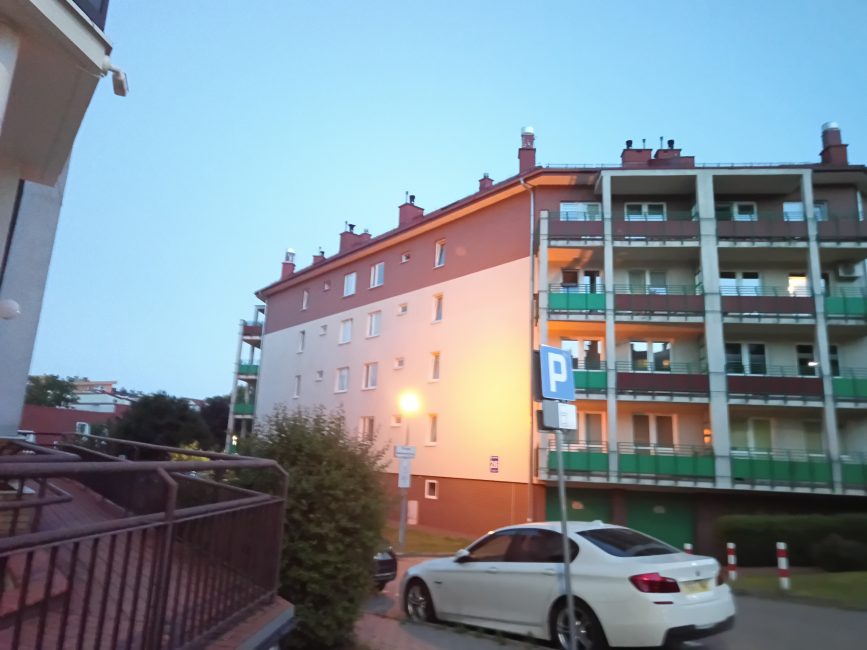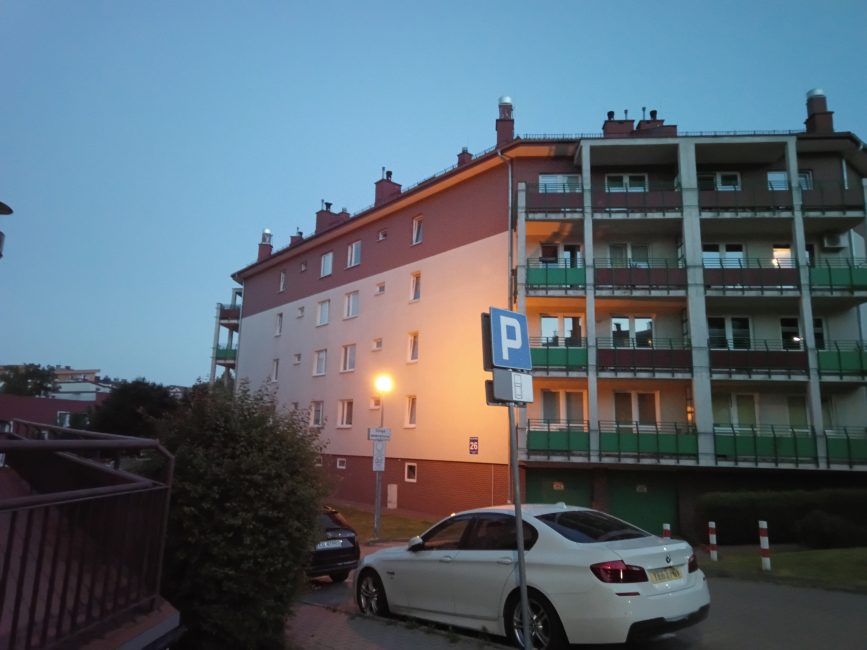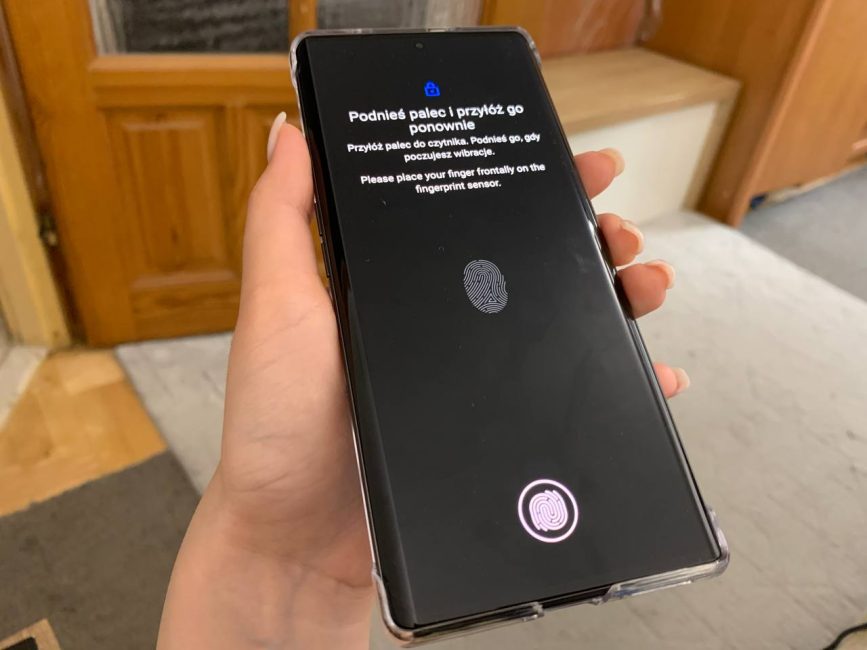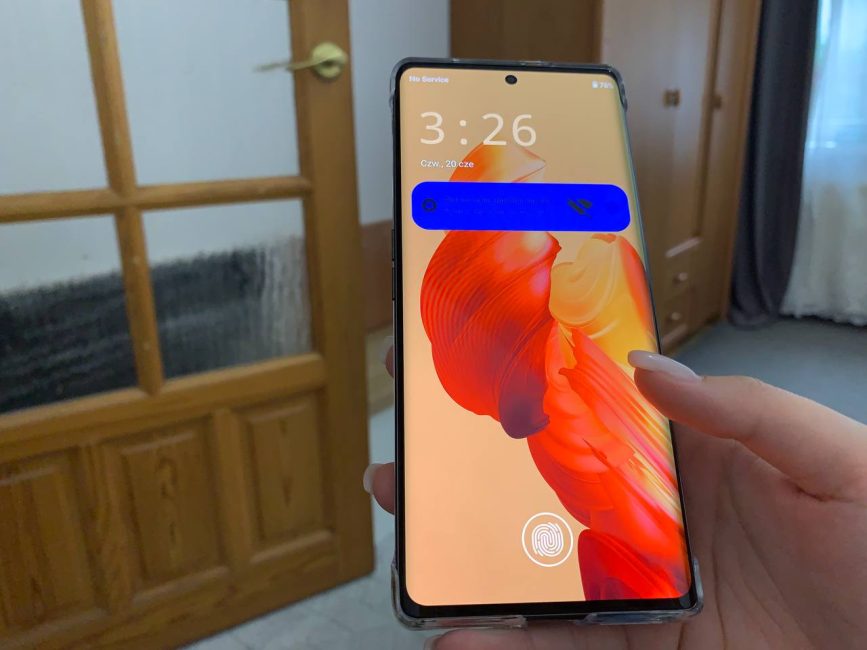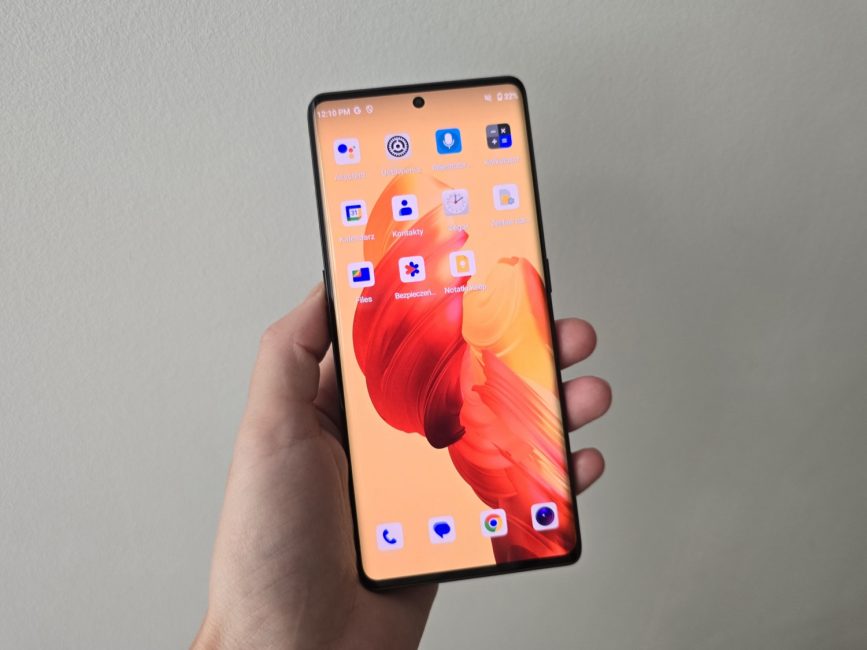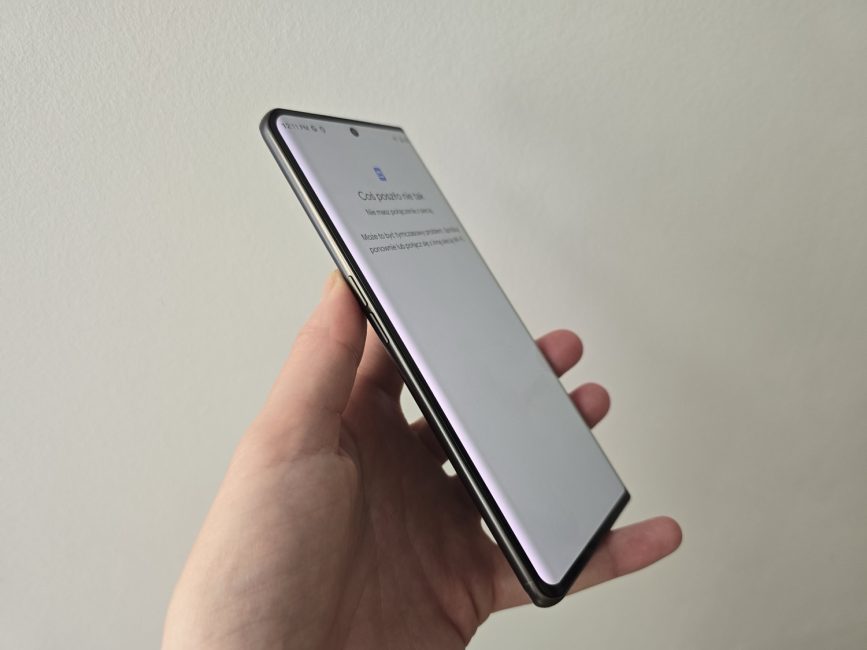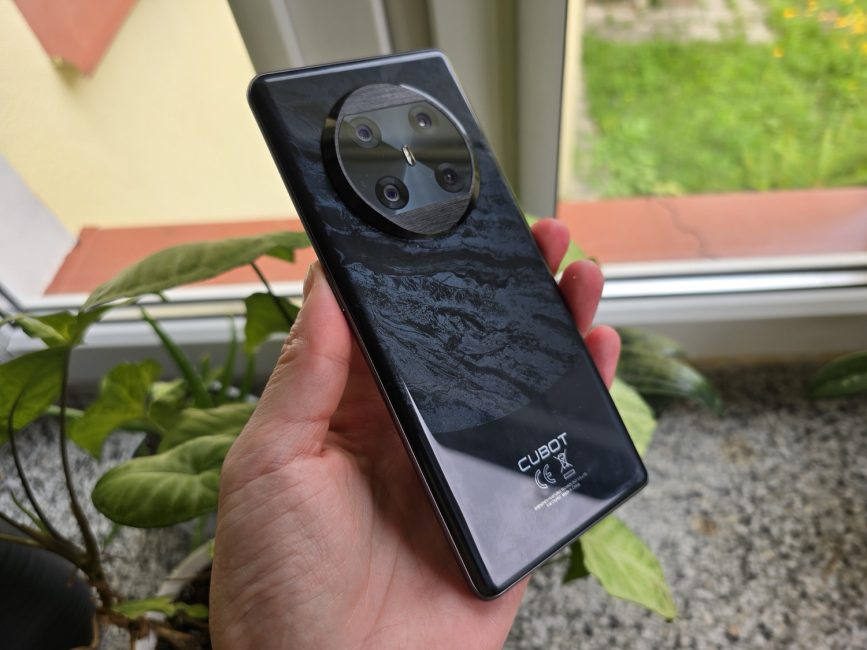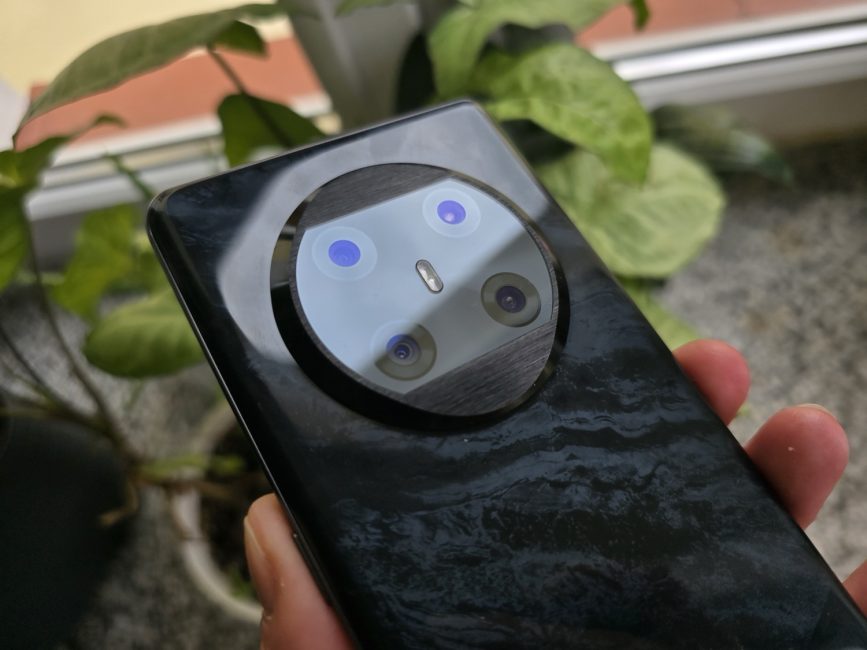The Cubot X90 is a new contender in the smartphone market, promising a lot at an affordable price. This new arrival from China features a sleek AMOLED display, a powerful MediaTek Helio G99 chipset, 16 GB of RAM, 100 MP cameras, and a unique design, all running on Android 14. Will the Cubot X90 meet user expectations and become a hit in its segment? Let’s find out!

Positioning and price
The Cubot X90 was introduced alongside the budget model A10 in May of this year. While Cubot was previously associated mostly with rugged gadgets, the Chinese manufacturer has now shown that it follows trends and is steadily incorporating modern solutions into its devices. We can see this with the new X90. By Cubot’s standards, this is almost a flagship model! In reality, it is a mid-range device in the under-$400 segment. However, the X90 can offer more than some devices from more well-known companies.

How much does this “wonder” cost? On the Ukrainian market, the price ranges from $217 / €200 to $225 / €206. On AliExpress, promotional offers are available starting at $205 / €188, with the full price being $340 / €312. Given the specifications, the price is quite attractive. Let’s explain how it all works.
Read also: Cubot TAB 50 Review: An Affordable Assistant for Everyday Tasks
CUBOT X90 Specifications
- Operating system: Android 14
- Chipset: MediaTek Helio G99, 2×Cortex A76 2.2 GHz + 6×CortexA55 2.0 GHz
- Video card: ARM Mali G57 MC2
- Display: curved 6.67″, AMOLED, 1080×2400, 120 Hz, up to 1500 nits, 1 billion colors
- Memory: 256 GB of ROM and 16 GB of RAM
- Memory card slot: no
- Sound: mono speaker, two microphones with noise canceling function
- Cameras:
- Main module – 100 megapixels, f/1.9, (wide-angle), 1/1.8″, PDAF
- Ultra-wide-angle module – 16 megapixels 117˚
- Macro module – 5 megapixels
- Front camera – 32 megapixels
- Video recording – 1080p@30fps
- Wireless technologies: GPS+GLONASS+Galileo+Beidou, Wi-Fi 802.11 a/b/g/n/ac, Bluetooth 5.2
- Battery: 5100 mAh, Fast Charge 33 W
- Dimensions and weight: 162.2 × 74.0 × 9.4 mm, 207 g
- Color options: black, green
Package contents
I’m quick to praise CUBOT for the packaging. In the blue box, you get everything! It includes a 33W charger, a transparent case, documentation, a SIM card ejector tool, and even a screen protector.
 It’s worth noting that the case is a plastic back panel that offers only partial protection for the phone. It covers just the rear part of the body and the top edges, while the sides remain exposed.
It’s worth noting that the case is a plastic back panel that offers only partial protection for the phone. It covers just the rear part of the body and the top edges, while the sides remain exposed.
Read also: Cubot P80 Smartphone Review
Design and layout of elements
The Cubot X90 definitely stands out among other gadgets. The most striking feature is the back panel made of glass-like polycarbonate. It may initially appear as a plain black surface, but when you carefully tilt it, beautiful glossy black waves are revealed. It’s impressive!
On the back, we also see a massive camera island made of metal. It looks quite “premium,” but it’s a bit bulky. Nevertheless, it fits the Cubot style.
 Next, the screen grabs attention. Its edges are not just curved, but VERY curved—almost reminiscent of the Samsung Galaxy S6 and S7 Edge from 2015-2016. While Cubot might see this as a “premium” feature, I think it’s a bit excessive, and accidental touches on the screen could be an issue. However, thanks to the strongly curved screen, the device feels slim and is comfortable to use with one hand, even with the large 6.67-inch display. The side bezels are virtually invisible.
Next, the screen grabs attention. Its edges are not just curved, but VERY curved—almost reminiscent of the Samsung Galaxy S6 and S7 Edge from 2015-2016. While Cubot might see this as a “premium” feature, I think it’s a bit excessive, and accidental touches on the screen could be an issue. However, thanks to the strongly curved screen, the device feels slim and is comfortable to use with one hand, even with the large 6.67-inch display. The side bezels are virtually invisible.
While I can’t say that the Cubot X90 is particularly ergonomic or compact. It’s a large smartphone, quite hefty, and feels somewhat heavy, even though 207 g is not excessively high compared to others. I think the uneven weight distribution, with the heavy metal camera island, contributes to this feeling.
On the right side of the Cubot X90, you’ll find the power button, while the left side houses two volume buttons (which was a surprise for me, as manufacturers usually place all buttons on the right side). The SIM card slot, speakers, and microphone are located at the bottom. On the top edge, you’ll find an additional microphone and sensors (some sources say one of these is a proximity sensor).
I should also mention that the smartphone’s frames are made of plastic. The build quality of the model is excellent. However, there’s no information about even basic moisture protection.
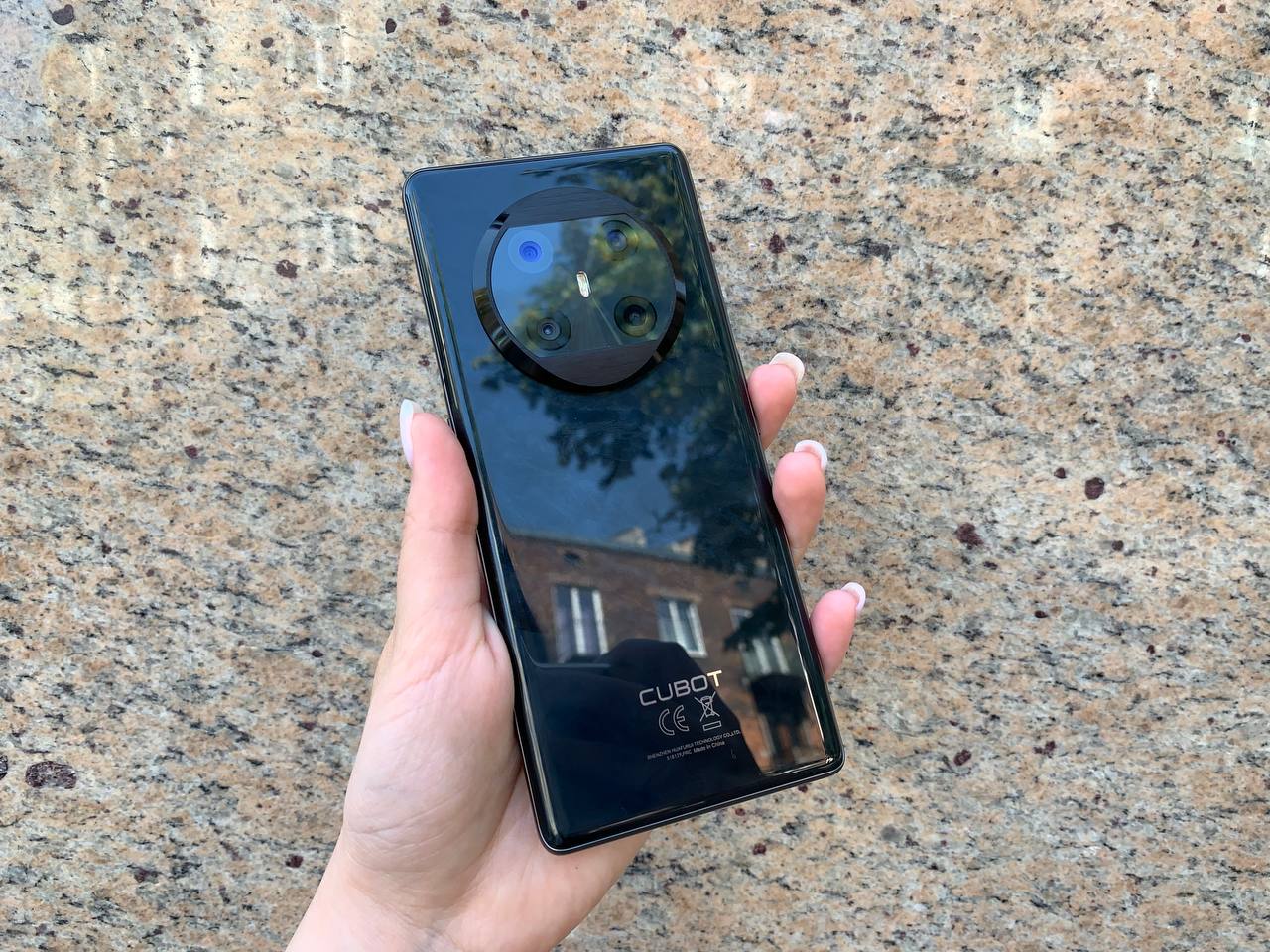
In addition to the black version, there’s also a green version, which features the same beautiful wave design.

I understand that the design of the X90 deserves praise for its uniqueness, but there will be those who don’t like it, and that’s perfectly fine—it’s a matter of taste. Whether you prefer discreet cameras on the back or a prominent camera island, a flat screen or a heavily curved one, it all comes down to personal preference.
Read also: Cubot KingKong Star review: A rugged smartphone with an extra screen
Cubot X90 Screen
The Cubot X90 features a 6.67-inch curved AMOLED display. The screen supports 10-bit color depth and covers 100% of the DCI-P3 color gamut. It offers vibrant, pleasant colors and deep contrast, with wide viewing angles even at steep inclines and deep blacks. Additionally, with a 120Hz refresh rate, every scroll is extremely smooth. I was pleased with the high fluidity of the display, particularly during gaming and movie watching.
The screen barely suffers from sunlight glare thanks to its maximum brightness of 1500 nits.
In the settings, you can adjust the screen brightness, font size, switch between dark and light modes, and enable night mode. You can also change the screen refresh rate with options for 60Hz, 120Hz, and an automatic mode that adjusts the refresh rate based on the content you’re viewing, such as images, videos, and apps. Unfortunately, the Always-On Display (AoD) feature is not available.
In the color settings, you have options for Natural, Enhanced, Vivid, and Adaptive modes. In my opinion, the Enhanced mode looks best by default. Natural is too pale, Vivid is overly intense, and Adaptive (which theoretically adjusts based on lighting) appears rather dull and yellowish.
Additionally, there’s MiraVision technology. In the settings, you can adjust parameters such as contrast, saturation, brightness, sharpness, and color temperature. There’s also an option for dynamic contrast adjustment.

Hardware and performance
The Cubot X90 is equipped with the octa-core 6nm MediaTek Helio MT6789 G99 processor, which was introduced in 2022 and continues to provide fast performance and energy efficiency. It’s a solid choice for a mid-range device. Additionally, the Helio G99 supports AI technologies that optimize the phone’s performance. In practice, this means intelligent power management, performance optimization, and improved photo quality.

The Cubot X90 features 16GB of RAM (a rare find in the under $400 price segment), which can be expanded up to 32GB using virtual memory. It also comes with 256GB of internal storage.
The phone operates very smoothly, showing no lag when working with presentations, multimedia, browsing web pages, social media, photo editing, and so on. In performance tests, the X90 delivered the following results:
These aren’t record-breaking scores, but for a phone at this price, they’re quite good. The X90 can even handle popular 3D games with a decent frame rate and without lag.
Read also: Cubot Note 21 smartphone review
Cubot X90 Cameras
The Cubot X90 features four cameras: a 100MP main sensor, a 16MP ultrawide module, a 5MP macro sensor, and a 32MP front camera.
I’ll start with an overview of the camera’s advanced features. The Cubot X90 offers various shooting modes, including UltraHD (full resolution), macro, ultrawide, TimeLapse, SlowMotion, GIF, and Pro mode. There’s also an anti-flicker option and settings to adjust video quality for memory saving (though you probably won’t have issues with memory, so you might as well set it to the highest quality).
Are all the cameras useful? Not exactly. For instance, the macro module is only practical when the subject isn’t moving. If you’re photographing nature—flowers, plants, or your pets—the macro shots can turn out poorly. My cat, for example, was lying completely still, but the sensor picks up even the slightest movement and struggles to focus, resulting in unusable photos.
The ultrawide camera is useful if you want to capture landscapes, the sea, mountains, or group photos with friends. The 16MP sensor performs well and I have no major complaints, although it does struggle in low-light conditions in some situations.
In good lighting conditions, the main camera captures successful shots with accurate color reproduction and decent contrast. I didn’t notice any blurriness or digital noise.
Does anything change when evening comes? Not much. The photos still look great:
We have a night mode that highlights more details and focuses primarily on illuminated objects. The camera performs well even without it, but getting a sharp shot is more challenging. Here’s an example, with the night mode on the right:
The zoom is quite good. It’s clear that as the zoom increases, the quality degrades, but even at 10x magnification, the results look decent—you can still make out or read details.
The front camera offers a range of beautification options, perhaps even a bit too many: there’s a Slim option to make you look thinner, Beauty to smooth out skin imperfections and wrinkles, and Enlarge to make your eyes appear larger, creating an anime effect. Overall, selfies turn out pretty well—faces look decent and not overexposed. However, the camera does need some time to focus properly, so be patient, stay still, and you’ll get your dream shots.
The video from the X90 is quite good (1080p max, 30 frames per second), but there’s still the aforementioned issue with focus loss; you just need to adjust to how the sensor operates. The video is relatively smooth, but I found it lacking in detail.
Data transfer
The Cubot X90 comes with a range of important wireless technologies, including Wi-Fi 802.11 a/b/g/n/ac and Bluetooth 5.2 with A2DP. It supports satellite navigation with GPS, A-GPS, GLONASS, Galileo, and Beidou. Of course, it also features NFC for in-store payments.
Unlocking methods
In this section, I’ll discuss how the fingerprint scanner performs. Overall, I’m quite satisfied with it. I prefer when the sensor is embedded in the screen rather than in the power button, as it results in fewer false touches. The Cubot X90 unlocks quickly, and there’s a pleasant vibration when you place your finger on the designated spot on the display. I haven’t encountered any issues. Of course, there are other familiar options like face unlock, PIN code, and pattern lock, which also work properly.
Sound
Although the manufacturer assures us that the X90 offers good sound and quality microphones with noise cancellation, I have my doubts. First, there’s only a single mono speaker, which suggests flat sound quality. Second, there’s no certification, advanced codecs, or “sound enhancers.” So, sound is not the strongest aspect of the Cubot X90.
However, I really liked the haptics—whether swiping gestures, unlocking the phone, or typing texts, I appreciate feeling a real connection with the device. If it bothers anyone, the vibration can be turned off in the settings.
Read also: Cubot Note 50 Smartphone Review: Worthy of your attention
Software
Cubot X90 runs on Android 14. It’s a clean software experience, free from any bloatware (unwanted apps). Everything operates smoothly and quickly. Next, I’ll discuss some interesting features and one drawback, which I hope will be addressed in the future.
The settings include many useful features—gestures, app cloning, accessibility options (such as real-time captions, audio, color, and motion), a privacy panel, a full-focus mode, and Duraspeed (a feature that speeds up specific apps).
Now, let’s address the drawback I mentioned earlier. It’s about the interface localization—I set the system language to Polish, and some sections were not translated. I understand that, on one hand, this isn’t a major issue, but on the other hand, it looks a bit odd. But this is part of the “charm” of purely Chinese smartphones.
Read also: Unihertz 8849 Tank 3S Rugged Smartphone Review
Battery life
The Cubot X90 is equipped with a 5100 mAh battery, which provides long-lasting use without the need for frequent recharges. Throughout the day, I performed a variety of tasks on the X90. I answered emails, browsed the internet and social media, watched videos, and listened to music. In the afternoon, I video-called friends and family and shopped online. In the evening, I relaxed by playing my favorite games and reading e-books. With all these activities, the phone managed without any issues, draining only 40% of the battery by the end of the day. The overall battery life depends on how you use the device, so if you’re a light user, the X90 can last up to two days.
The 33W charger fills the smartphone’s battery from 0% to 100% in 55 minutes.
Summary and competitors
CUBOT has outdone itself with a device that’s truly worth attention. First of all, the Cubot X90 is priced starting at $205 / €188! For that price, it offers a sharp curved AMOLED display with a 120Hz refresh rate and an integrated fingerprint scanner, excellent design and quality materials, good cameras, a straightforward and flexible software experience without unnecessary bloatware, a fast chipset, ample RAM, a large battery, and even a rich package of accessories. The drawbacks are few—monophonic sound, a weak macro module, no support for memory cards, and no water resistance.
In this price range, there are quite a few popular smartphones. For example, the Samsung Galaxy A55, which costs $337 / €309. It stands out with OIS in the main camera, extended software updates, and IP67 protection, but it has less memory, weaker performance, a slightly smaller battery, and slower charging.
A strong competitor for Cubot could be the POCO X6 5G with 12/256 GB, as it offers a powerful Snapdragon 7s Gen 2 processor, a good camera with OIS, a 5100 mAh battery with 67W charging, a 2712×1220 display, and an interesting design—all for $313 / €288. If you need higher performance, consider the slightly more expensive X6 Pro with the Dimensity 8300-Ultra processor.

Also worth mentioning is the POCO Redmi Note 13 Pro 5G, which starts at $300 / €277 for the 8/256 GB version. It features a 200 MP camera with OIS, good sound quality, water resistance, Snapdragon 7s Gen 2, and a 5100 mAh battery with 67W charging. If you can do without 5G, you can find 4G versions starting at $241 / €221. Compared to these options, Cubot offers only larger RAM, which may not be a critical advantage.
Other interesting options to consider include the Motorola Edge 40 Neo 12/256 GB, Moto G84 12/256 GB, and Infinix Note 40 Pro 12/256 GB.
Personally, I believe that despite its minor drawbacks, the new Cubot X90 has a good chance of winning over buyers and even competing with more established brands.
Read alsо:
- POCO X6 Pro smartphone review: It came to conquer… a niche
- Redmi Note 13 Pro and Redmi Note 13 Pro 5G: Review and Comparison
- Motorola Edge 40 Neo review: sophistication all round

